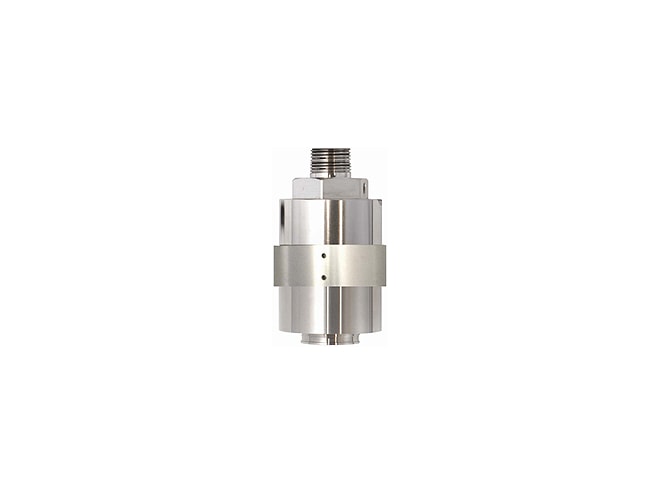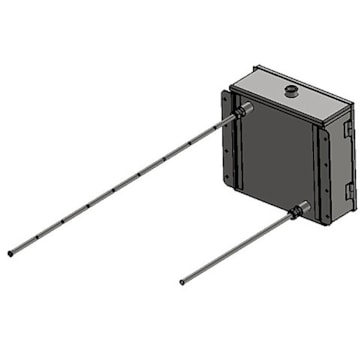Net Safety ST3 NE-MOS Toxic Gas Sensor
Hydrogen Sulfide (H2S), 2000ft range solid state sensors, accurate even in the presence of other gases.

Overview
Features
- SMART sensor technology
- Lowest power consumption available
- 2000ft sensor separation
- 2 year warranty
- Field selectable gas ranges (20/50/100 ppm)
- Recovers quickly from high gas concentration
- Fine tuned specific response
- Designed to perform in the most extreme industrial environments
Description
The Net Safety ST3 NE-MOS Toxic Gas Sensor series of SMART metal oxide semiconductor toxic gas sensors provide high specificity, fast response, and long life. All ST3 sensors are part of the universal Millennium II Gas Detection platform and are compatible with the M21, M22, and M2B transmitters. Our advanced sensor design employs the latest nano-enhanced, solid state gas sensing technology with very low power consumption.
There's no longer the need to purchase multiple gas specific detectors. You have the option to utilize 1 or 2 toxic and/or combustible gas sensors on a single Millennium II transmitter and easily mix and match any of our sensor technologies.
SMART (Self Monitoring Analysis and Reporting Technology) sensors are pre-calibrated and easily connected to the transmitter which instantly recognizes a newly fitted sensor, automatically uploading it's specific configuration profile.
Sensor and transmitter continuously communicate digitally, giving you the confidence of stable, accurate protection with fast response times even over long separation distances.
The ST3 Series has been approved to international hazardous area safety standards for functional operation and performance.
Sensor utilizes recent advances in nano-engineered materials to dramatically increase the sensor's sensitivity, selectivity, and stability. This technology is quite robust and ideal for dry/hot applications, provides leading response times, and the sensor does not "fall asleep", a common issue with traditional MOS sensing materials.
The ST3 Series of toxic gas sensors are all internally temperature-compensated to their target gas as well as the particular field-selected range (20/50/100 ppm) in order to provide as stable a sample as possible to the sensing element.
Documents
Accessories
Calibration
Sensors/Probes
Protection
Accessories
Please consider these optional accessories.
Need Help? Call a Flow engineer at 1-800-884-4967
We're open 8:00 am to 5:00 pm ET

 Effective April 15th, 2025 Net Safety Monitoring has added a 6.7% surcharge for all of their products. The surcharge will appear as a separate line item on the order.
Effective April 15th, 2025 Net Safety Monitoring has added a 6.7% surcharge for all of their products. The surcharge will appear as a separate line item on the order.





















